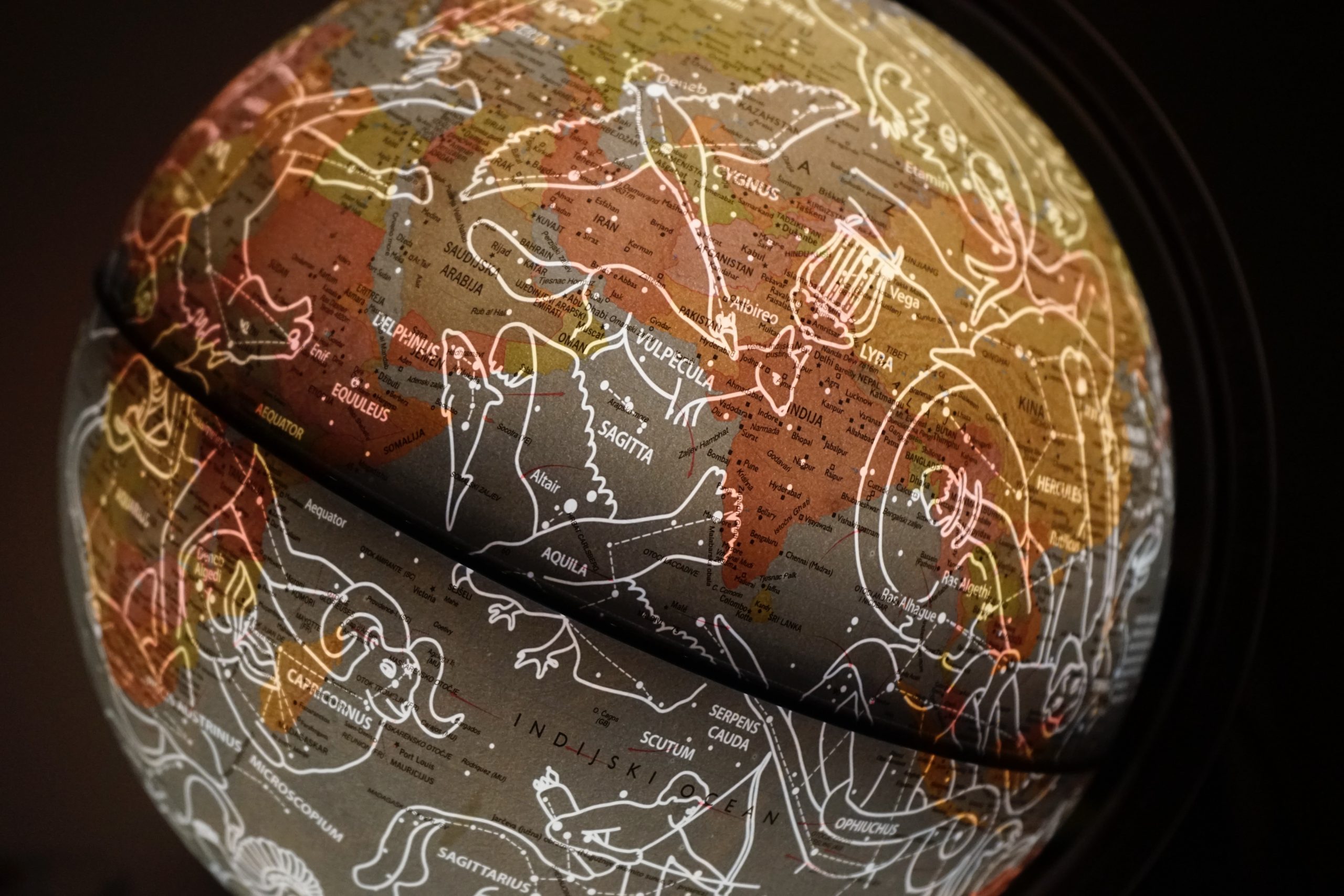Moon Phases Right Now: A Guide to Understanding the Lunar Cycle
The moon, Earth’s natural satellite, has captivated humans for centuries. From ancient civilizations to modern science, the moon’s enigmatic presence in the night sky continues to intrigue and inspire. One of the fascinating aspects of the moon is its ever-changing appearance, known as moon phases. In this blog post, we will delve into the current moon phases, providing you with a comprehensive guide to understanding the lunar cycle.
What are Moon Phases?
In simple terms, moon phases refer to the different shapes or appearances of the moon as it orbits around the Earth. These changes in the moon’s appearance occur due to the varying positions of the sun, Earth, and moon in relation to each other. As the moon orbits our planet, different parts of its surface are illuminated by the sun, leading to the creation of different moon phases.
The Lunar Cycle
| Moon Phase | Description |
|---|---|
| New Moon | During a new moon, the moon is positioned between the sun and Earth. As a result, the side of the moon facing Earth is not visible, making it appear as a dark circle in the sky. |
| Waxing Crescent | After the new moon phase, a small portion of the moon becomes visible as a crescent shape. This phase is known as the waxing crescent, symbolizing the moon’s growth. |
| First Quarter | As the moon continues its orbit, it reaches the first quarter phase. During this time, half of the moon appears illuminated from Earth’s perspective. |
| Waxing Gibbous | The waxing gibbous phase occurs after the first quarter. More than half, but not all, of the moon is illuminated, creating a convex shape in the sky. |
| Full Moon | During a full moon, the sun, Earth, and moon are in complete alignment, with the entire face of the moon visible from Earth. The moon appears as a bright, round disc. |
| Waning Gibbous | After the full moon, the moon enters the waning gibbous phase, where the illuminated portion begins to decrease. The moon’s shape resembles a convex slice. |
| Last Quarter | In the last quarter phase, half of the moon is once again illuminated, but on the opposite side from the first quarter phase. |
| Waning Crescent | As the moon approaches the next new moon, only a small crescent is visible, but this time on the opposite side as the waxing crescent phase. |
Current Moon Phases
As the moon phases are constantly changing, it is essential to know the current moon phase. By understanding the moon’s appearance, you can connect with nature and celestial events. Here are the current moon phases:
- Today: Waxing Crescent
- Tomorrow: First Quarter
- The Day After Tomorrow: Waxing Gibbous
The current moon phase, waxing crescent, means that a small portion of the moon is visible in the sky, indicating the moon’s growth towards the first quarter phase. Tomorrow, the moon will reach the first quarter, where half of the moon will be illuminated. The following day, it will transition to the waxing gibbous phase, with more than half of the moon appearing illuminated in the night sky.
Importance and Cultural Significance
Moon phases have played a significant role in various cultures throughout history. The moon’s cycle has influenced religious ceremonies, agricultural practices, and even human behavior. Understanding moon phases allows us to align with natural rhythms and cycles, fostering a greater connection to the world around us.
For example, ancient civilizations often used lunar calendars to track time and determine the best times for planting and harvesting crops. The full moon was often associated with important spiritual and cultural events, serving as a guide for celebrations, rituals, and festivities.
Observing Moon Phases
Observing the moon’s phases is a simple and rewarding activity that requires no special equipment. You can enjoy it with the naked eye or enhance your experience with binoculars or a telescope. Choose a clear evening and find a location away from city lights for better visibility.
It’s important to note that the moon’s phases occur in a predictable pattern and roughly last for 29.5 days, known as a lunar month. By keeping track of the moon’s appearance over a few months, you can observe the entire lunar cycle and gain a deeper understanding of its rhythm.
Conclusion
The moon’s phases offer us an opportunity to witness the beauty of our celestial neighbor and connect with the natural world. Understanding moon phases allows us to appreciate the underlying cycles of the universe and the interconnectedness of all things. Whether you’re an amateur astronomer or simply curious about the night sky, taking the time to observe and appreciate the moon’s phases can be a truly enriching experience.
So, next time you gaze up at the night sky, take a moment to appreciate the current moon phase and contemplate the vastness and wonder of our universe.
Table of Contents
